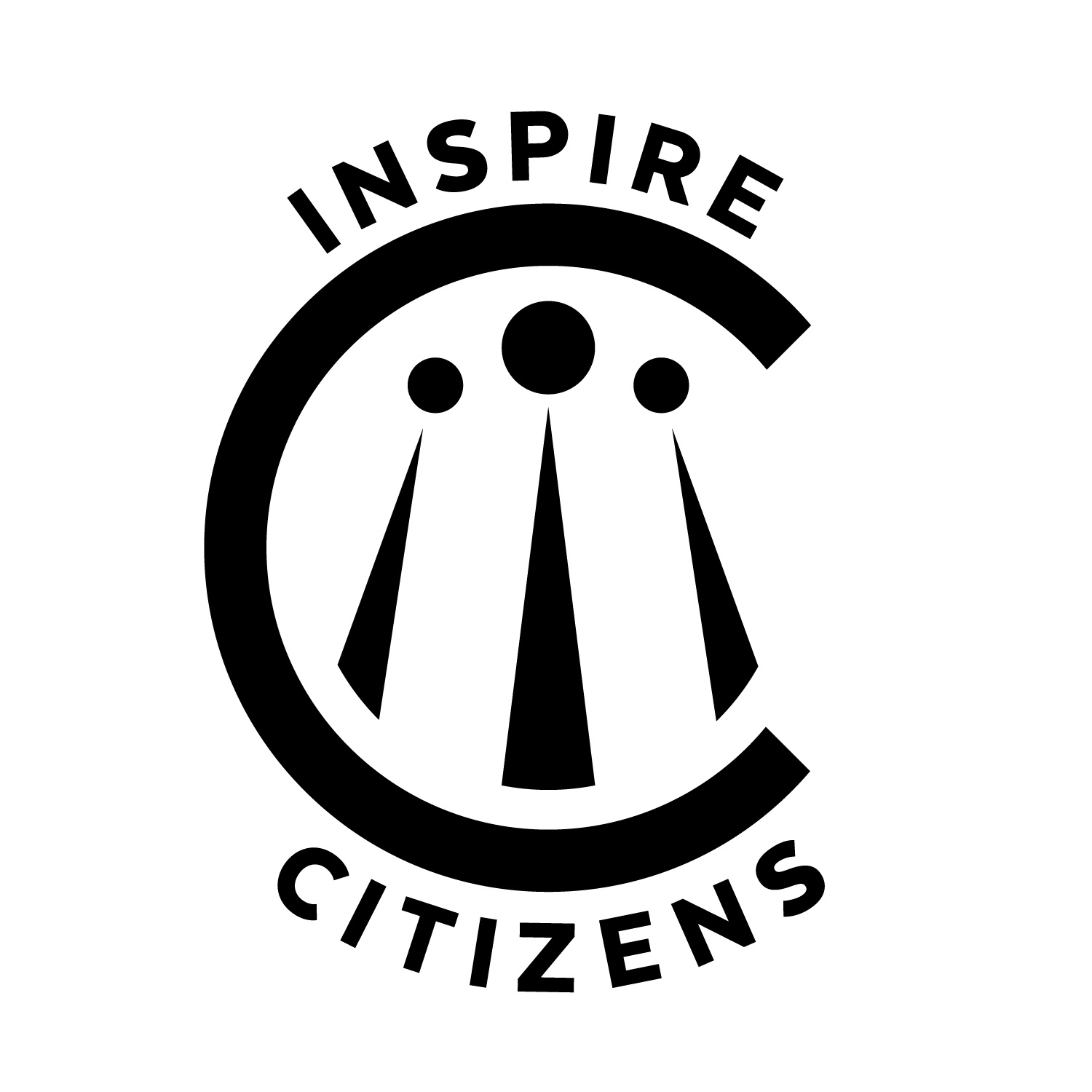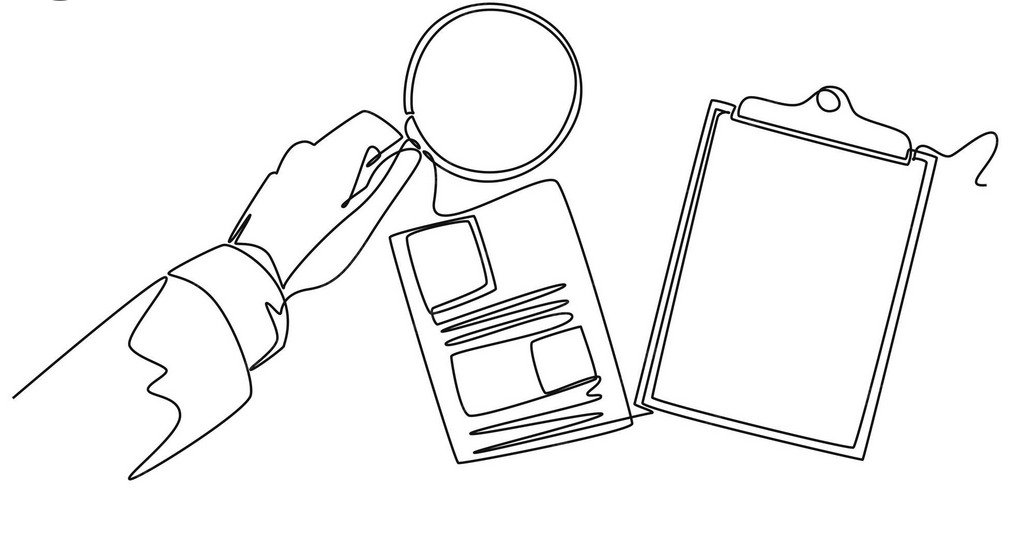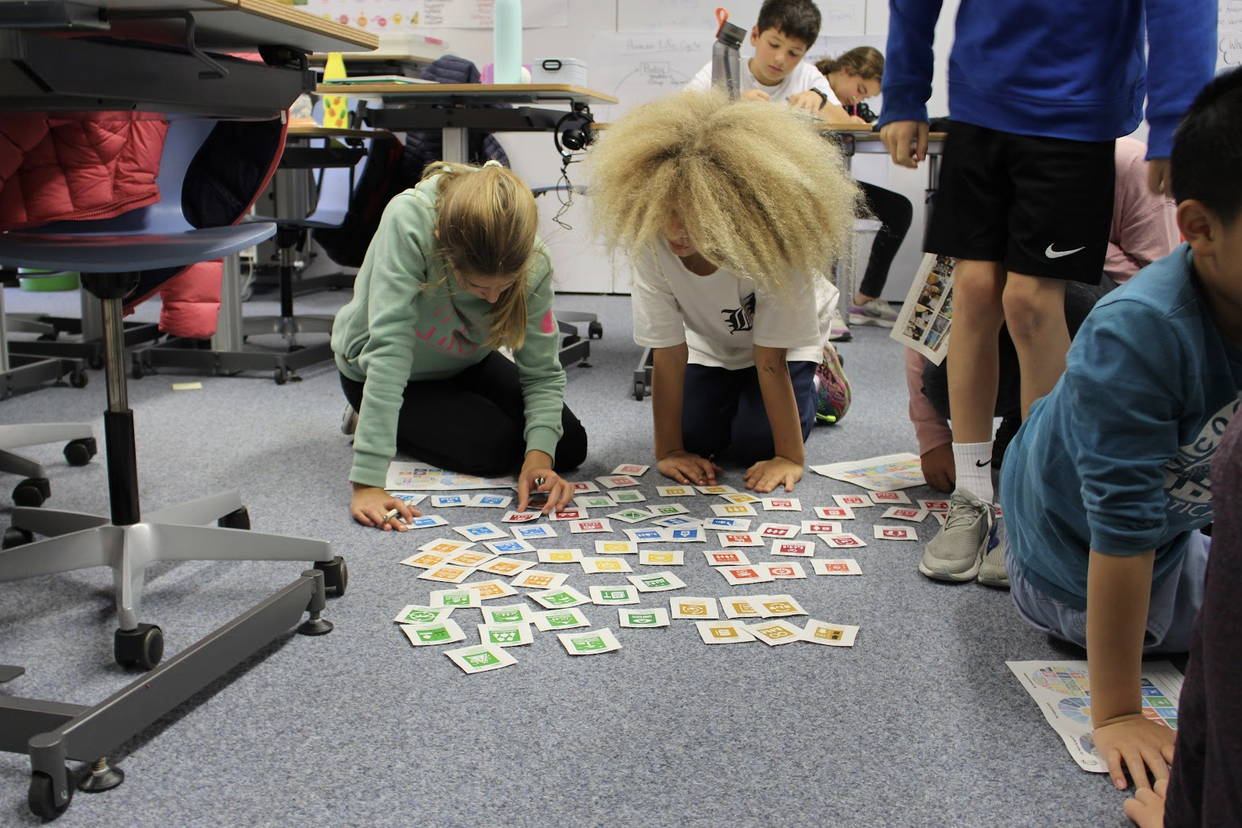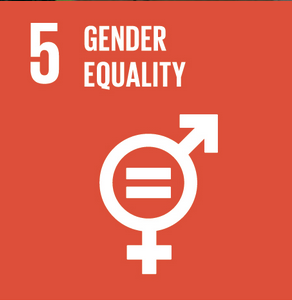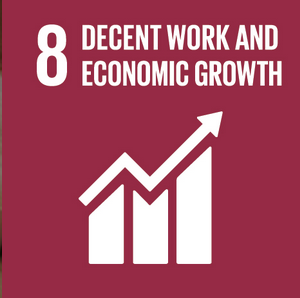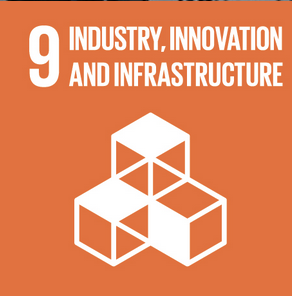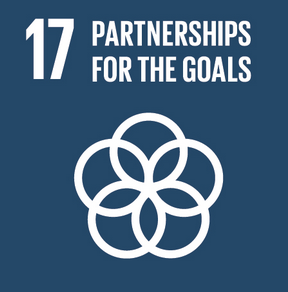Step 3: Selecting an Authentic Need
As a framework to help us to connect our learning to authentic needs in the world, we might consider the UN Sustainable Development Goals. These are a list of 17 goals that consist of 169 individual targets for a more sustainable world with a goal of achieving these by 2030.
SDG Connections:
To simplify this step, we have grouped the SDG goals into 4 categories:
•Humanitarian, Inclusivity, and Equity
•Sustainable and Resilient Communities
•Environmental Sustainability
•Unity & Collaboration
Consider which group has the greatest authentic connection to the unit that you selected in Step 1
and the work that your community partner is engaged in from Step 2.
Humanitarian, Inclusivity & Equity
-
Poverty, Economics & Development
Cost-Benefit Analysis of Community Programs
Math, Humanities
Students use ratios, percentages, and data visualization to evaluate the effectiveness of local poverty-reduction programs, comparing costs vs. long-term impact.Impact of Microfinance on Local Economies
Math, Humanities, Economics
Students research microfinance initiatives, explore success stories, and design local models to empower small businesses in low-income communities.Water Filtration System
Science, Engineering, Humanities
Students design filtration systems to improve clean water access, linking SDG 6 with poverty reduction by removing barriers tied to health.Renewable Energy Solutions
Science, Engineering, Humanities
Students research and design renewable energy systems (solar, wind, hydro) and connect energy access with sustainable jobs and economic growth.
Culture, Food & Storytelling
Cultural Cookbook Project
Math, Humanities
Students collect and adapt global recipes, applying fractions, conversions, and unit analysis. Culminates in a multicultural cookbook and/or tasting event linking culture, entrepreneurship, and global awareness.Taste Buds (Data Literacy in Food & Culture)
Math, Humanities
Students collect, analyze, and visualize data about food and culture, building both math literacy and cultural inclusivity.Out of the Blocks (Community Storytelling)
Humanities, Media Literacy
Students create digital storytelling projects through community interviews, amplifying marginalized voices and fostering empathy.Migration Project (Empathy to Impact)
Humanities, Design, Media
Students explore migration stories (voluntary & involuntary) through podcasts, exhibits, or advocacy campaigns. They design inclusive facilities and promote belonging for migrants/refugees.Community Street Photography / Photojournalism
Humanities, Visual Arts
Students document community stories and challenges (e.g., access to resources, living conditions), producing exhibitions or e-books to raise awareness.
Equity, Gender & Advocacy
Gender Equality Awareness Campaign
Math, Humanities, Language Arts, Social Studies
Students research gender disparities, analyze data, and design persuasive campaigns (events, posters, outreach) to promote equality.Community Partnership for Gender Equality
Math, Humanities, Social Entrepreneurship
Students collaborate with organizations to co-design gender equity solutions (e.g., women’s markets, clothing drives, upcycling projects).Gender Equality and STEM Education
Math, Science, Humanities
Students investigate gender disparities in STEM, highlight contributions of women, and design awareness campaigns for inclusion.Student Advocacy Against Prejudice and Persecution
Humanities
Students research inequities (bias, classism, discrimination) and create advocacy projects (websites, posters, presentations) to raise awareness and promote equity.Literature for Diversity, Equity & Inclusion (“The Power of Pen and Paper”)
Humanities
Students use essays, documentaries, and creative writing to explore DEI themes, challenge inequality, and advocate for equity.
Arts for Social Change
Protest Song / Music for Social Justice
Music, Humanities
Students study the history of protest music, then compose and perform original songs addressing themes of justice, peace, and equity.Social Justice Devised Digital Theatre
Performing Arts, Humanities
Students create original theatre pieces based on community voices and stories of injustice, using performance as advocacy.Art as Action / Art for Impact
Visual Arts, Humanities
Students collaborate with community organizations to create art that addresses inequities (e.g., indigenous rights, inclusion, sustainability) and sparks dialogue.
Sustainable & Resilient Communities
-
Urban (Campus) Gardening Initiatives
Humanities, Science, Math
Students design and implement gardens to provide fresh produce, combat food deserts, and promote sustainable local food systems.Food Waste Reduction Solutions
Science, Humanities, Math
Students measure cafeteria food waste, design composting or recovery programs, and link waste reduction to hunger and sustainability.Community Makerspace
Interdisciplinary: Energy, Food, Climate, Design
Students co-create sustainable innovations (e.g., solar lamps, urban farming tools, waste-reducing systems, upcycled products) that strengthen community resilience.Tiny Home Design
Math, Design, Financial Literacy
Students design affordable, sustainable homes applying geometry, budgeting, and energy efficiency. May include micro-gardens or renewable energy.Renewable Energy Solutions
Science, Engineering, Humanities, Math
Students research and prototype renewable energy systems (solar, wind, hydro), highlighting links to sustainable jobs and equitable energy access.A Journey into Upcycling (Circular Economy Project)
Humanities, Design, Economics
Students repurpose waste into usable products and host an upcycling fair. Builds awareness of sustainable consumption and innovation.Fast Fashion / Upcycled Fashion Unit
Humanities, Design
Students explore the fashion industry’s impact, run swaps, and create upcycled fashion for a school fair. Links creativity with responsible consumption.
Environmental Sustainability
-
Food for Thought (Plant-Based Meals & Nutrition)
Science, Life Science, Nutrition, PHE, Humanities
Students design and prepare plant-based meals in collaboration with cafeteria staff. They explore food sustainability, ethics, and the role of nutrition in health. Promotes sustainability by reducing water use, deforestation, and strain on ecosystems.Designing and Implementing Climate Solutions for the Local Community
Science, Math, Humanities, Design
Student teams create practical solutions such as rainwater harvesting, greywater recycling, runoff reduction, biodiversity protection, or tree planting. Focus areas adapt to SDGs: water conservation (SDG 6), marine protection (SDG 14), and land restoration (SDG 15).Eco-Photography (Nature, Mindfulness, Advocacy)
Science, Humanities, Visual Arts, Wellbeing
Students document local ecosystems (rivers, wetlands, coastlines, forests), combining mindfulness and advocacy. Builds awareness of clean water, marine conservation, biodiversity, and emotional well-being.STEM in Sports
Science, Math, Humanities, Design
Adaptable project linking sports with science and health. Focus may include hydration and sanitation access (SDG 6), safe sports equipment and data analysis (well-being, SDG 3), or community collaboration through athletics.Wellness & Media Literacy Project
Science, Humanities, Life Science, Media Literacy
Students explore wellness issues, research scientific aspects of health, and create advocacy media. Can be adapted to themes such as water, land, or environmental wellness.Film Festival / Media Advocacy Projects
Humanities, Design, Digital Arts
Students produce short films, podcasts, or digital campaigns addressing sustainability themes — such as ocean pollution, overfishing, deforestation, or community health.Native Trees Project
Science, Biology, Life Science
Students identify, document, and protect native trees, partnering with local environmental groups. Promotes biodiversity conservation, reforestation, and sustainable ecosystems.
Unity & Collaboration
-
Community Dialogue Workshops / Town Hall
Humanities
Students facilitate workshops on local issues, practicing conflict resolution, negotiation, and inclusive dialogue. Builds skills for peaceful societies, civic participation, and collaborative partnerships.Community Partnerships
Humanities, Science, Math, Visual Arts, Design
Students connect with local communities using an asset-based approach, conduct needs assessments, and co-design solutions with community leaders. Promotes inclusive development, trust, and multi-stakeholder collaboration.Out of the Blocks (Community Storytelling & Media)
Humanities, World Languages
Students engage in compassionate storytelling, interviews, and media production that amplify marginalized voices, strengthening empathy, inclusion, and school-community connections.Collaborative Art Installation (indirect link)
Arts
A creative medium for unity and inclusion. When designed with community involvement, it becomes a partnership project between students, artists, and the wider community.Peer Mentorship (indirect link)
Interdisciplinary
While primarily supporting well-being (SDG 3), peer mentorship also strengthens inclusive school communities by promoting fairness, responsibility, and peaceful relationships.Inter-School Sports Tournament
PE, Interdisciplinary
Encourages collaboration between schools, fostering partnerships through sports, logistics planning, and shared values of teamwork.
